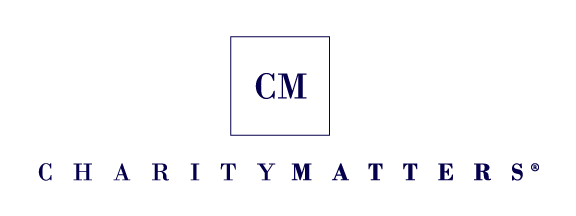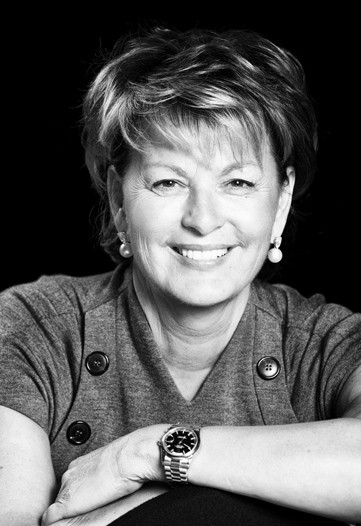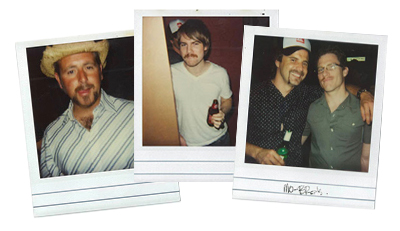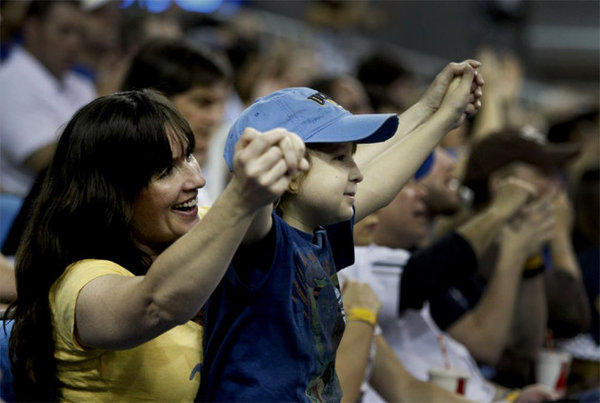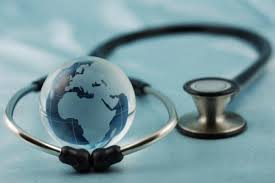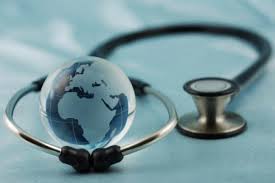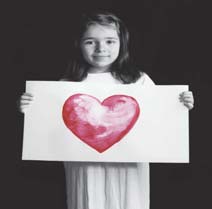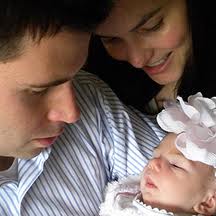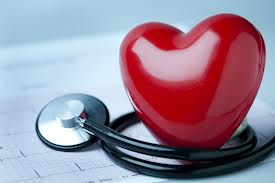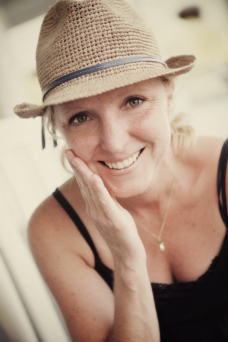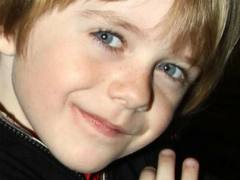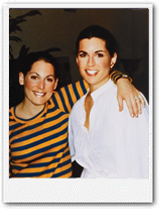 It is October and with the pumpkins and beginnings of fall mark the beginning of Breast Cancer Awareness month. By months end you might not want to see another pumpkin or pink ribbon but I think learning WHO was behind that splash of pink will stay with you long after the pumpkins have passed.
It is October and with the pumpkins and beginnings of fall mark the beginning of Breast Cancer Awareness month. By months end you might not want to see another pumpkin or pink ribbon but I think learning WHO was behind that splash of pink will stay with you long after the pumpkins have passed.
This is Susan G. Komen’s story as told by her sister, Nancy Brinker and the founder of Susan G. Komen For the Cure: (I know its longer than usual but treat yourself, its worth it)
Growing up, Suzy and I were just about as close as two sisters can get. Suzy was the perfect older sister.
She was beautiful and kind and loving, not only to me but to everyone. She was the star of our hometown of Peoria, Illinois—the high school homecoming queen, the college beauty queen.
I, on the other hand, was bigger, heavier and taller than most of my friends and her friends. I was a tomboy and a mischief-maker and delighted in nothing more than spending hours galloping around on horseback. Suzy tried desperately to teach me about the pretty things in life but none of it seemed to work. The boys didn’t know I was alive, except that I was Susan Goodman’s younger sister.
Suzy came back to Peoria when she graduated from college and got a job modeling locally. Eventually, she married her college sweetheart, Stan Komen. As if it were yesterday, I can remember the phone call I received from Suzy one Tuesday afternoon. Her doctor had found a lump in her breast that was not a cyst. He recommended a biopsy.
At the age of 33, Suzy had breast cancer.
The most difficult concept to grasp about cancer, I think, is the fact that when it is first detected the patient usually feels just fine. There is rarely any pain associated with breast cancer in its early stages. So when you are told you’ve got a life-threatening disease, and the treatment sounds more heinous than the thought of a little lump in the breast, it is understandable that a woman uneducated about cancer might opt for no treatment at all.
Such was the case with Suzy. My sister was terrified, naturally, but adamant against having a mastectomy. This surgeon suggested performing a subcutaneous mastectomy, a procedure in which the outside of the breast is left intact, but an incision is made and the breast tissue is removed. He would then do an implant ten days later. Suzy would be left with a small scar but no more cancer. She felt it was her best option.
For the next five months or so, Suzy felt pretty good. She was convinced she was cured. But before six months had gone by, our worst nightmare became a reality. Suzy found another lump. This time it was under her arm. Despite everyone’s optimism her cancer had spread.
Suzy decided to seek treatment at the M.D. Anderson Cancer Center in Houston. When she arrived, she was a Stage IV cancer patient. This means that the disease had spread to other organs in her body and was still growing. It was a very critical situation.
Suzy’s doctor’s approach to the disease was an aggressive one. Thus began the saga of intense chemotherapy, nothing can prepare a woman for the shock and embarrassment of baldness. She bore up under the strain with all the dignity and grace she could manage, although I know she was devastated. Little did I know that even then, my sister was teaching me.
Whenever we felt as if we couldn’t go on, that the load was just too heavy, it was Suzy’s grace and humor that got us through the day. She was able to find something to smile about with every turn of the road, and her infectious, warm concern was felt throughout the hospital.
The one thing Suzy never found humor in, however, was the aesthetic conditions of the waiting rooms. She was more concerned with the treatment of the patients while my concern was the treatment of her disease. “Nan,” she said, “as soon as I get better, let’s do something about this. You can find a way to speed up the research. I know you can. And I want to fix up this waiting room and make it pretty for the women who have to be here. This isn’t right.”
For about fifteen months, the Houston doctors were successful in slowing down Suzy’s breast cancer. But then, for reasons known only to God, the disease started to rage inside her once again.
Our time together was drawing to a close. In a flood of beautiful memories, I began to look back on the sacred relationship I shared with my sister. Frantically, I wrote my memories down, fearing somehow I might forget one later. I didn’t realize then that memories so special are never forgotten. I also didn’t realize that what I was writing that sunny afternoon was my sister’s eulogy.
It was time to begin saying our good-byes.
I quickly kissed them both good-bye and jumped out of the car. I was just about inside when I heard a funny sound that sounded like my name. I stopped in my tracks and turned around. There was Suzy, standing up outside the car on wobbly knees, wig slightly askew.
With her arms outstretched, she said gently, “Good-bye, Nanny, I love you.” I hugged her so hard I was afraid she might crumble. And then I ran to catch my plane.
I never saw my sister alive again. After nine operations, three courses of chemotherapy and radiation, she had lost her three-year war. By the time I flew back to her side it was too late. She was gone.
I spent a lot of time thinking about Suzy. There is no way to accurately describe the void her absence left in my life. I also spent a great deal of time questioning my faith and wondering why such a good person was taken from a family that needed her so desperately. I often wonder, as many people do when they’ve lost a loved one, what really happens to a soul when a person dies. Was Suzy watching me? Did she hear me when I called her name out loud? After much thought I came to the conclusion that I would never know until I died myself, but I sure didn’t want to die in order to find out. Just in case, I wanted to do something to let her know how special she would always be in my heart. I was haunted by our last conversation and lay awake sometimes all night wondering what I could do to help other women with breast cancer.
Could one person really make a difference?
Charity Matters.
Copyright © 2012 Charity Matters. This article may not be reproduced without explicit written permission; if you are not reading this in your newsreader, the site you are viewing is illegally infringing our copyright. We would be grateful if you contact us.
